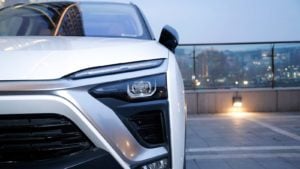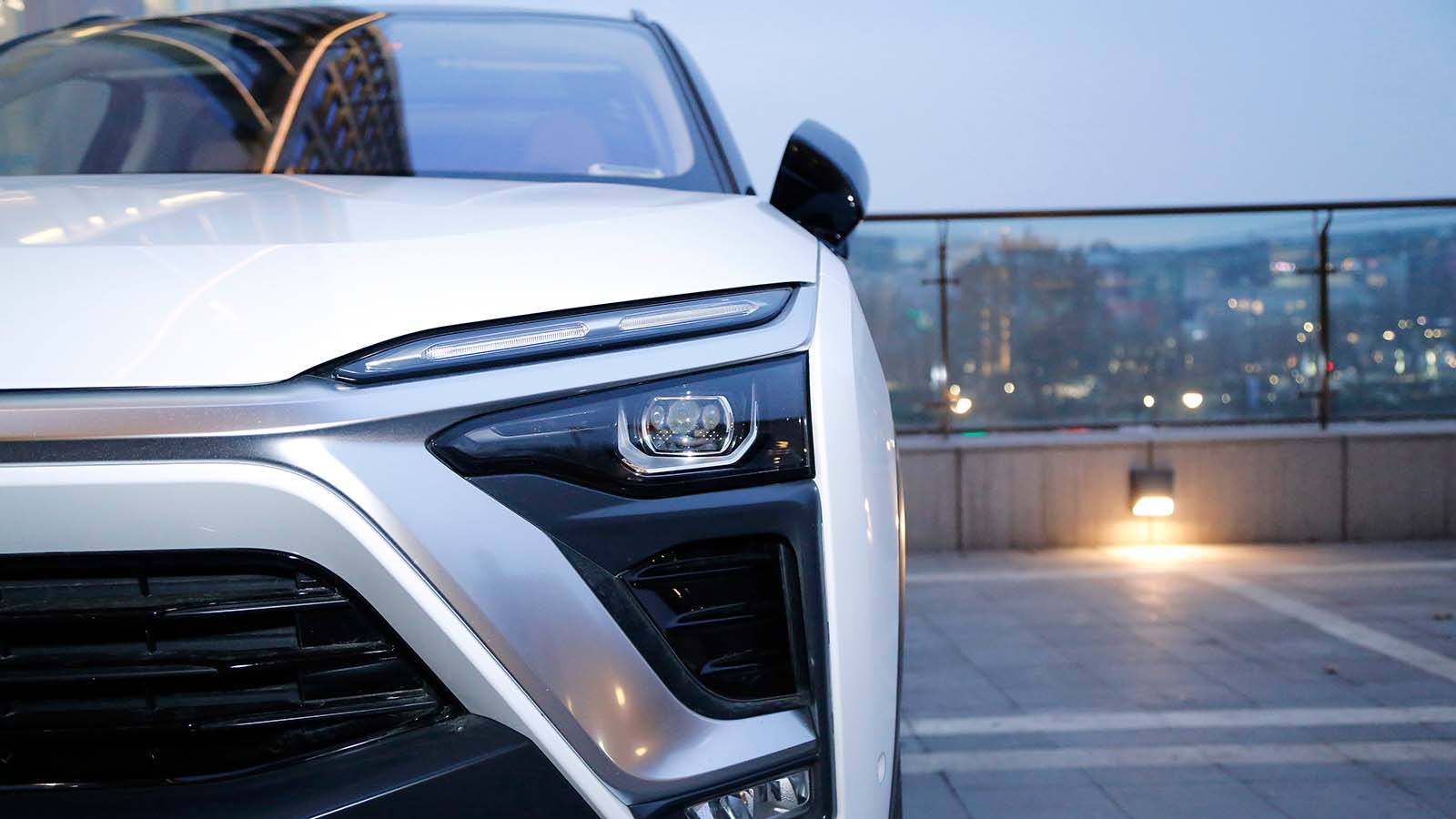I’ve had my eye on Nio (NYSE:NIO) for a while now. I first bought NIO stock in June 2020 when it was less than $8 per share. I sold a little more than a year later when it was close to $50.

Sure, Nio was already off its all-time high at that point, but I still pocketed a gain of about 700%. I’m not complaining about that one!
Recently, I took another look at Nio for an InvestorPlace column, in which I noted NIO stock followed up its huge 2020 gains with a disappointing 2021, falling by 35%.
As I said in that column, I still think NIO stock is set to have a solid 2022. But it’s also fair to point out that Nio, one of the top electric vehicle makers in China, is quickly losing ground to a couple of key competitors.
The Numbers Don’t Lie
On Jan. 1, Nio released its delivery numbers for December, the fourth quarter and all of 2021. And they weren’t bad at all:
- December deliveries up 50% year over year to 10,489
- Q4 deliveries up 44% YOY to 25,034
- Full-year deliveries up 109% YOY to 91,429
But let’s look at the numbers from two other major Chinese EV companies.
First up is XPeng (NYSE:XPEV), which delivered more vehicles than Nio in all three time frames:
- December deliveries up 181% YOY to 16,000
- Q4 deliveries up 222% YOY to 41,751
- Full-year deliveries up 263% YOY to 98,155
It was a similar story for Li Auto (NASDAQ:LI), which reported more deliveries in all but the full-year time frame:
- December deliveries up 130% YOY to 14,087
- Q4 deliveries up 143.5% YOY to 35,221
- Full-year deliveries up 177% YOY to 90,491
The bottom line? XPeng and Li are growing deliveries much faster than Nio. And their stocks are holding up better, too. While NIO stock is down nearly 50% over the past 12 months, shares of Li and XPeng are down 16% and 11%, respectively.
What Makes Nio Stand Out
I’m not saying any of this to put down NIO stock. I still think it’s going to be a winner in 2022.
The biggest thing the EV maker has going for it is its battery-as-a-service (Baas) model. BaaS is an alternative to battery charging stations. With the BaaS service, drivers in need of a vehicle charge simply pull into a battery-swapping station. In less than five minutes, they can change their depleted battery for a fully charged one and get back on the road.
Nio is a market leader in the BaaS space. It’s appealing for customers because the BaaS technology makes the cost of an EV up to $10,000 cheaper, according to Nio.
Nio has more than 700 battery-swapping stations in China and is expanding in Europe. It plans to have more than 4,000 such stations around the world by 2025.
Also helping to spur demand for Nio’s cars is the fact that the Chinese government offers a new energy vehicle subsidy to vehicles priced under RMB300,000 ($46,000). Although Nio vehicles cost more than that, the government made an exception for vehicles that contained battery-swapping technology like Nio’s.
China’s Ministry of Finance has announced plans to cut EV subsidies by 20% this year. But it may be forced to extend the subsidy support again to meet its target of having EVs account for 20% of China’s auto sales by 2025.
The Bottom Line on NIO Stock
Nio is a good company and there are more reasons than not to invest in NIO stock. I’m standing by my position that Nio will see significant gains in 2022.
But you’d be making a mistake if you ignore other automakers in China’s expanding EV market. Don’t put all your eggs in one basket.
On the date of publication, Patrick Sanders did not have (either directly or indirectly) any other positions in the securities mentioned in this article. The opinions expressed in this article are those of the writer, subject to the InvestorPlace.com Publishing Guidelines.
Patrick Sanders is a freelance writer and editor in Maryland, and from 2015 to 2019 was head of the investment advice section at U.S. News & World Report. Follow him on Twitter at @1patricksanders.
